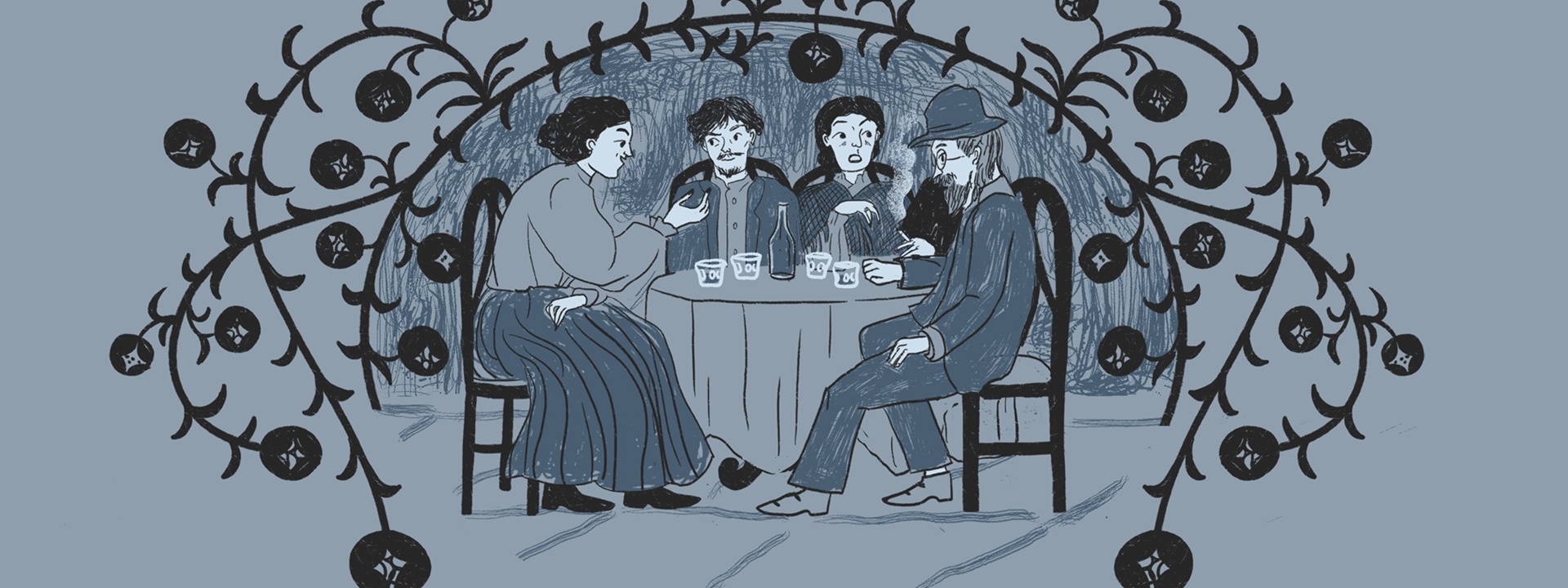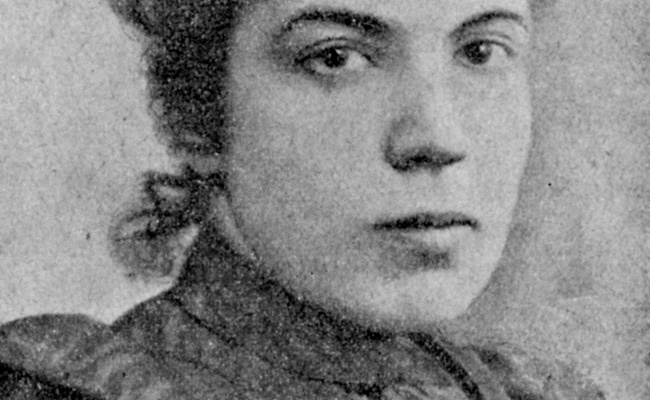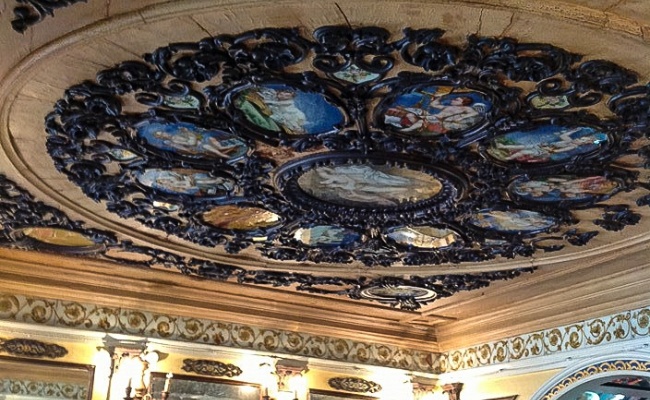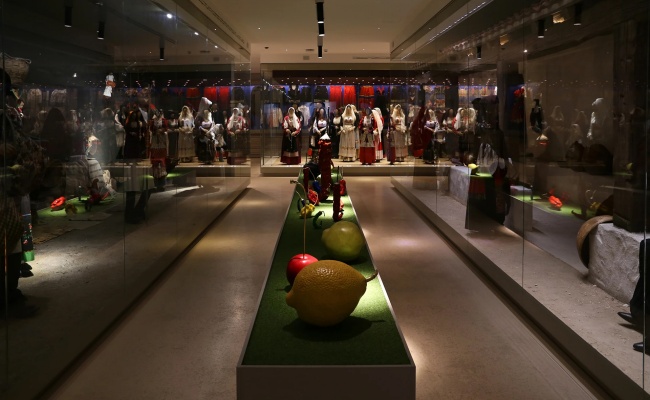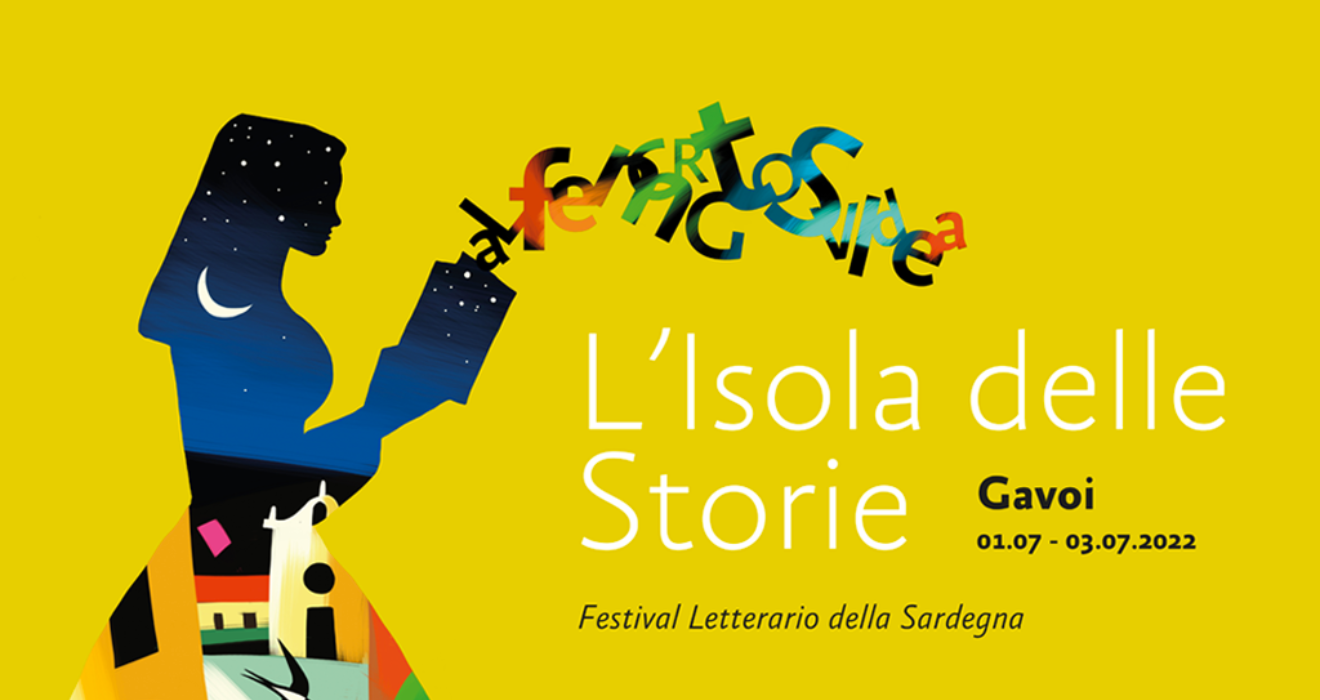‘It’s the heart of Sardinia; it’s Sardinia itself, in all its facets. It’s the open field where nascent civilisation engages in silent battle with strange Sardinian barbarism, which is subject to such exaggeration across the sea.
Nuoro is jokingly referred to by young Sardinian artists as the Athens of Sardinia. In fact, relatively speaking, it is the most cultured and combative town on the island.
We have artists and poets, writers and scholars, young people strong and kind, some of whom are a credit to Sardinia and on their way to relative fame.
But within the populace, at the bottom of the large mass that forms the rock and foundation of the edifice, civilisation is defeated, or, if it wins a victory or two, it is unfortunately in the area where primitive barbarism is actually preferable: local tradition, which it corrupts.’
The Athens of Sardinia
Description
These are the words that Grazia Deledda used to describe her hometown in an article titled ‘Tradizioni popolari di Nuoro in Sardegna’ (meaning popular traditions in Nuoro, Sardinia) that was published in 1983 in the magazine Rivista delle tradizioni popolari italiane. It was a portrait in black and white, in which the intellectual avant-garde rose up against a populace that was in many ways still old fashioned and backward.
Her light-hearted description caught on and was picked up again years later by Leopoldo Carta in the opening of an article in Il Secolo XX, in which he reports a clear victory for progress and the disappearance, at least so it was said, of the corrupt uneducated class of Nuoro.
‘What a transformation … right before our eyes!’, Carta exclaims, ‘Nuoro, the Sardinian town that was long held to be the centre of banditry, is now considered a land of brilliant minds. It is indeed the hometown of Grazia Deledda, whose stories and novels have won global fame, as well as the unique poet Sebastiano Satta and two good artists, Francesco Ciusa and Antonio Ballero.’
A Nuoro, therefore, of artists and intellectuals, who met at Caffè Tettamanzi in Via Majore to talk about art and literature. This sophisticated café, the only one of its kind in the city, was founded in 1875 by a carpenter from Piedmont, Antonio Tettamanzi, who came to Nuoro to work on the construction of the church of Santa Maria della Neve.
The café's little rooms and its clientele were masterfully described by Salvatore Satta in Day of Judgment (published posthumously in 1977), who wrote with a clear, jaundiced eye about Belle Epoque Nuoro, describing it, in a far less flattering way, as a ‘nest of crows’.
Whether one is an idealist like Leopoldo Carta or a pessimist like Salvatore Satta, one thing is certain: Nuoro has remained proud of its illustrious citizens and still maintains its penchant for promoting and enjoying culture to the full.
With just under 37,000 residents, Nuoro boasts five outstanding museums (the Museo Archeologico Nazionale, Museo del Costume, Museo Man, Spazio Ilisso and the new Museo della ceramica), as well as the Casa Museo Grazia Deledda, the nationally recognised theatre Teatro di Sardegna - TEN and dozens of artistic, theatre and music associations.
More of the island’s most important cultural spaces can be found just a few kilometres from the city, like the Museo Nivola in Orani and the Museo delle Maschere in Mamoiada, and important national events are also held in the vicinity, like the Isola delle Storie literature festival in Gavoi.
This buzz of excitement and activity, and the desire to promote development through culture, is what inspired the foundation of the Distretto del Nuorese (Nuorese Cultural District) in 2012.
 Nuorese Cultural District
Nuorese Cultural District